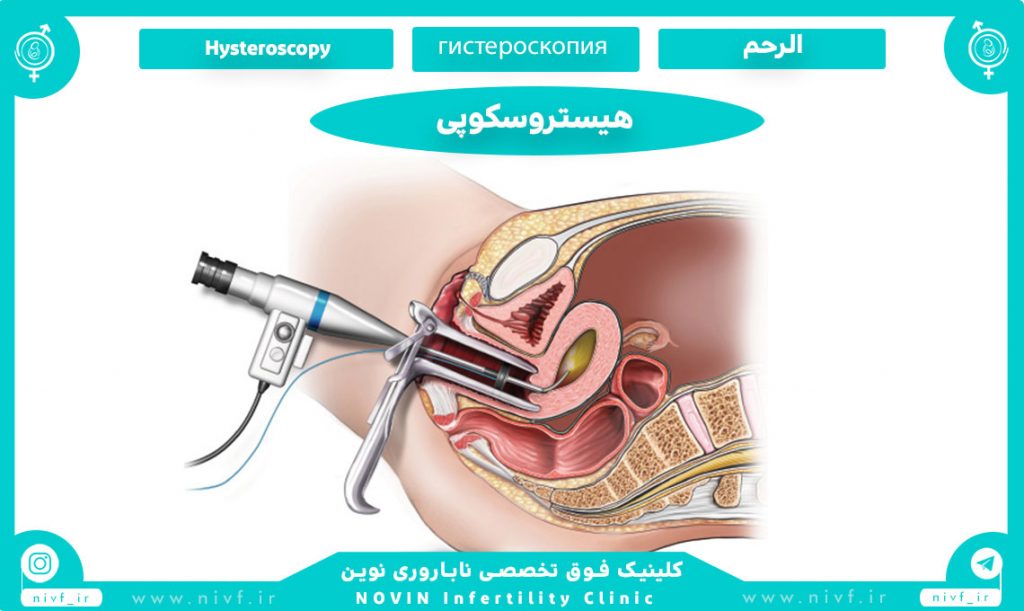Hysteroscopy

Hysteroscopy is a surgical procedure that allows the physician to examine your uterus to detect the cause of abnormal bleeding as well as some uterine disorders. This is done using a hysteroscope (a telescope-equipped narrow device) that enters the uterus through the vagina and cervix.
Hysteroscopy can be diagnostic or Therapeutic. In diagnostic hysteroscopy, the doctor seeks to diagnose the cause of abnormal uterine bleeding, such as (polyps, fibroma, increased thickness of the endometrium, etc.), and sometimes can performe before diagnostic curettage, for accurate examination of the cause of the bleeding.
Therapeutic hysteroscopy can treat many of the abnormalities found during diagnostic hysteroscopy include removing submucosal uterine fibroids, adhesions, polyps, and the septum (uterine wall), which is usually perfome after a diagnostic hysteroscopy. Therapeutic hysteroscopy can also be done with diagnostic laparoscopy simultaneously.

